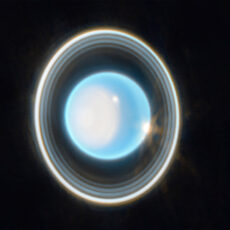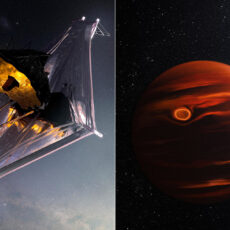
NASA’s James Webb Space Telescope has discovered carbon dioxide in exoplanet K2-18 b’s atmosphere. This exoplanet is 8.6-times larger than Earth and was found to have carbon-bearing molecules including methane as well as carbon dioxide.

These findings mean that K2-18 b could be a Hycean exoplanet, one which has the potential to possess a hydrogen-rich atmosphere and a water ocean-covered surface. It orbits the cool dwarf star K2-18 in the habitable zone and is located 120 light-years from Earth in the constellation Leo. Since it has a size between Earth and Neptune unlike anything in our solar system, these exoplanets are called ‘sub-Neptunes’.
- 3 LEGO space toys in 1 box – Boys and girls ages 9 and up who love space can build and rebuild 3 different sets using the same set of bricks with...
- Endless space play possibilities – Kids can play out daring stories among the stars with 3 different space playsets: an astronaut figure, a space...
- Posable space figures – The astronaut toy has posable legs, feet, arms and fingers, and the space dog has a posable tail and legs so kids can choose...

Our findings underscore the importance of considering diverse habitable environments in the search for life elsewhere. Traditionally, the search for life on exoplanets has focused primarily on smaller rocky planets, but the larger Hycean worlds are significantly more conducive to atmospheric observations,” said Nikku Madhusudhan, an astronomer at the University of Cambridge and lead author of the paper announcing these results.










